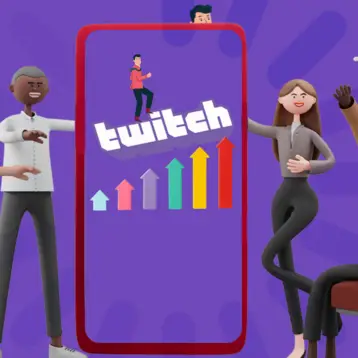|
Dr. Nicholas Christakis of the Harvard Medical School and his collaborator Dr. James Fowler at UCSD tracked 319 randomly selected Harvard students through the 2009 flu season as well as 425 students named as friends by the original group using two different methods of identifying the flu. The flu manifested itself in the friends group two weeks sooner than in the random group using one identification method and 46 days sooner using the other method.
The sooner outbreaks of infectious disease are identified, the sooner they can be treated and, hopefully, contained. Even a two week head start as seen in the more conservative identification method could make an enormous difference in the size and severity of a major outbreak. That said, it’s likely the amount of lead time inherent in this method will likely vary from case to case depending on the specifics of the infection and the details of the network. It also depends on actively monitoring a network likely to be affected by disease before it strikes.
In addition to tracking infection diseases, the friends paradox could also be used to track other things that spread out among groups of people including trends, the adoption of specific behaviors, and the effectiveness of marketing campaigns.
TFOT previously reported on another social networking research project involving the voluntary publication of data collected via RFID chips, the decision by the individuals of who individuals should see the information and what data they decide to delete or retain for public consumption. TFOT also reported on the origins and spread of infectious diseases including a historical overview of smallpox and a video about the H1N1 flu epidemic.
Read more about the use of social networking to predict disease spread in this paper published at PLOS One (PDF).





![Guide To Using JCP Kiosk – [ Features & Benefits ]](https://thefutureofthings.com/wp-content/uploads/2024/03/image-4-358x358.png)





